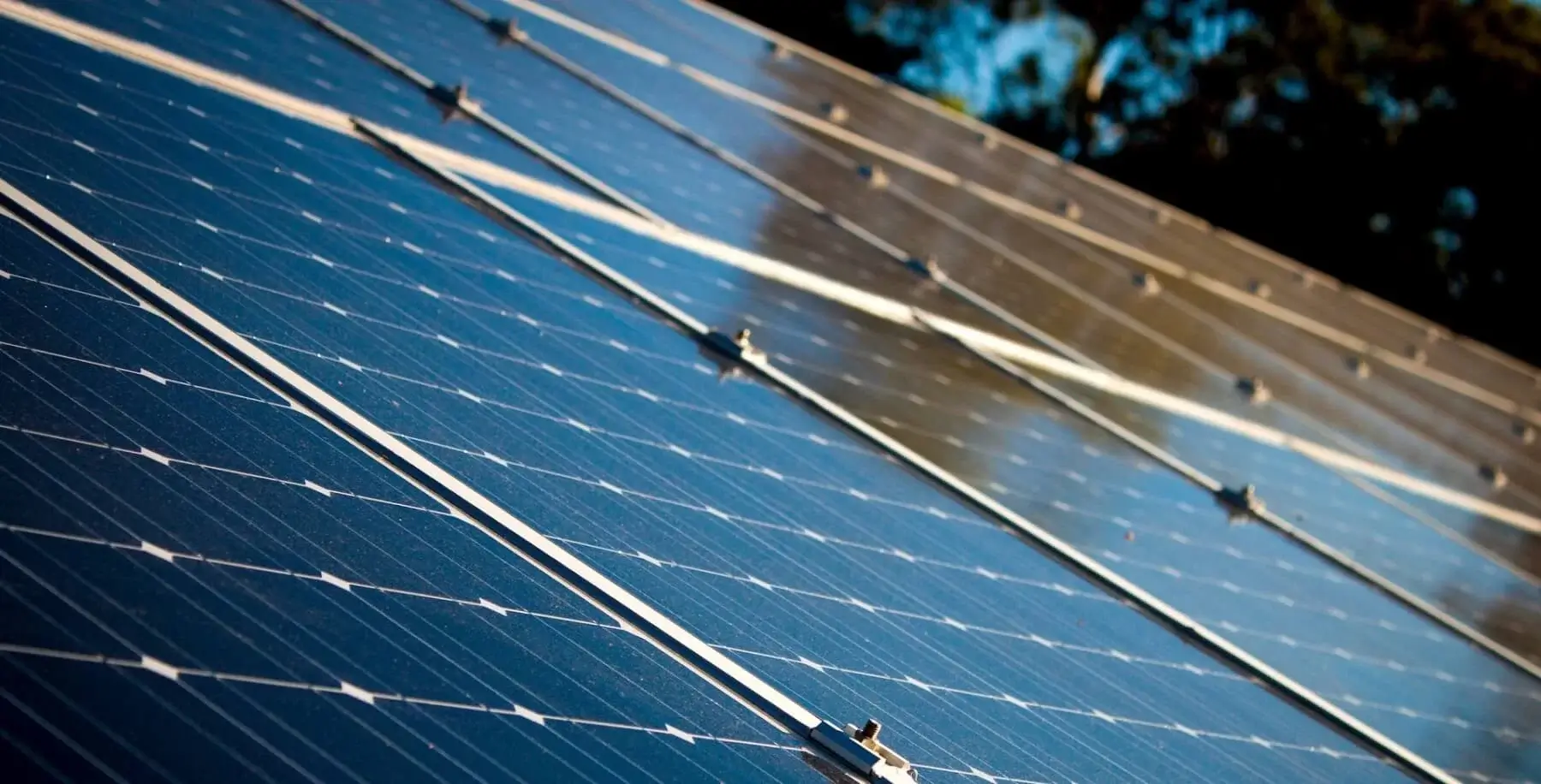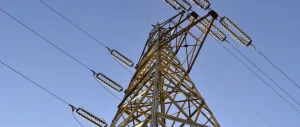The Labor Energy Policy will revive the National Energy Guarantee, give household battery grants and aim for 50 percent renewables generation by the year 2030 if Bill Shorten becomes Prime Minister after the next Federal election.
Labor leader Bill Shorten said that the Labor Energy Policy focuses on shifting from coal energy generation to renewables and will allocate $15 billion to achieve that aim while bringing electricity costs down for homes and businesses.
A Labor government would also embark on ‘firming’ initiatives to ensure security of supply if the wind isn’t blowing or the sun isn’t shining. He also said that the ALP’s energy policy will underwrite clean energy generation.
Mr Shorten also said a future Labor government would double the original $10 billion capital of the Clean Energy Finance Corporation as part of a 10-year investment plan to lower energy prices, cut carbon pollution and create employment.
The Clean Energy Finance Corporation, dubbed the government’s “green bank”, invests in emerging renewable energy, low-emission and energy efficiency projects that may struggle to attract private finance.
In a speech in Sydney, Mr Shorten said the plan would “turbo-charge” the corporation which has proven its ability to back value-for-money projects and deliver a positive return on investment.
In a speech, he said: “We will prioritise renewables and support firming technology power like storage and gas. Labor will invest in new generation, in better transmission and distribution – because we realize this vital nation-building work cannot be left up to the big power companies.”
Mr Shorten said Labor’s plan will deliver affordability, reliability and sustainability.
Labor’s plan to shift to renewables makes environmental sense and economic sense. Renewable energy is now cheaper to produce than traditional fossil powered energy. Solar energy costs around $45 per MWh while wind energy is almost at a par with coal at $50 per MWh.
Labor Energy Policy will accelerate shift away from coal
 The policy has been signed off by the Shadow Cabinet and includes measures to improve energy efficiency, and a transition plan for coal communities, given Labor’s higher emissions reduction target will drive a faster shift away from coal-fired power.
The policy has been signed off by the Shadow Cabinet and includes measures to improve energy efficiency, and a transition plan for coal communities, given Labor’s higher emissions reduction target will drive a faster shift away from coal-fired power.
A Labor government would establish a new $5 billion fund for energy security and modernisation, enabling the national grid to support such changes through essential upgrades to transmission and distribution systems.
He said potential projects include upgrading interconnectors across Victoria, NSW, and Queensland, a second connection across Bass Strait to Tasmania and a new link between South Australia and NSW.
The policy also provides a $2,000 rebate for 100,000 households, with annual incomes of less than $180,000, to buy and install battery systems.
The NEG will be retained if Labor is elected and Mr Shorten said he would seek agreement with opposition parties, but would not wait around for them. He said that the ALP’s policy is providing for the future if an agreement on it cannot be reached.
However, current Energy Minister Angus Taylor has hinted the Coalition may block a future Shorten government from resurrecting the government’s stalled National Energy Guarantee.
Labor Energy Policy will result in new generation, better transmission and distribution
 Mr Shorten said that if he becomes Prime Minister, the government will invest in new generation, in better transmission and distribution because such work cannot be left up to the big power companies.”
Mr Shorten said that if he becomes Prime Minister, the government will invest in new generation, in better transmission and distribution because such work cannot be left up to the big power companies.”
Shorten will say the ALP recognises what needs to be done to drive the transition in the energy system, “and we are ready to get on with it”.
Labor’s pre-election energy policy pitch comes as Australian power companies remain on the warpath over the Morrison government’s controversial energy policy, which it is attempting to execute in time for the election.
The Australian Energy Council (AEC) has given Treasury a blast for a truncated consultation process for legislation giving effect to controversial price regulation measures and new divestiture powers which power companies say could be constitutionally invalid.
The AEC is unhappy about at an “unusual” government request that draft legislation is kept confidential, and contends that “further indicates a desire to avoid scrutiny on an important legislative change”.
The energy sector has been furious since the Morrison government ditched the emissions reduction component of the NEG, which was dropped after the coup against Malcolm Turnbull.
The government proposed an emissions reduction target for electricity of 26%, which had broad support from power companies, business groups, and other stakeholders.
Labor’s higher emissions reduction target is unlikely to win the same level of consensus from energy stakeholders, although there is strong support for the NEG mechanism.
Battery grants included in Labor Energy Policy
The ALP estimates the battery subsidy would triple the number of battery systems in Australian households, setting a national target of one million household battery installations by 2025.
“The Smart Energy Council estimates that new household solar and batteries would allow most homes to save more than 60 percent off their power bills”, said Mr Shorten.
“Australians love renewable energy because they know it saves them money and it’s good for the environment”, they said, pointing out that household solar installation had risen from 7000 homes in 2007 to 1.8 million today.
“Supporting the installation of more household battery systems is the next big step in helping families keep their energy bills lower. When the sun goes down, or when electricity usage is at its peak, consumers can draw on their own stored energy” he said.
Mr Shorten said this was good for both consumers and the environment. People gained more control over their power bills, and cheaper and cleaner energy would help Australia achieve 50% of power from renewables by 2030.
A Labor government would also invest $100 million in a Neighbourhood Renewables Program, so renters and people in social housing could benefit from cheaper and cleaner energy.
The cost of the battery subsidy and the neighbourhood scheme is estimated at $215.9 million over the current forward estimates. The costing has been done by the independent Parliamentary Budget Office.
Labor would “establish community power hubs to support the development of renewables projects in local communities – such as solar gardens on apartment rooftops, community wind farms, energy efficiency upgrades for social housing and grants for community groups to pilot new projects.
Mr Shorten said the new initiatives built on Labor’s commitments to crack down on price gouging by power companies.
Labor’s battery subsidy program would be reviewed after two years, in light of projected falls in battery costs and to assess progress towards the one million new battery installations by 2025 target.
The household battery commitment will provide a rebate for eligible battery systems, at a rate of $500 per kilowatt-hour of battery capacity, capped at $2,000 for households with a gross annual income less than $180,000.
Labor claims the policy will support 100,000 new battery installations, which allows households to play a role in managing peak demand, as well as reducing their energy bills. Rooftop solar photovoltaic installations will shortly hit 2m.
More as the story develops














